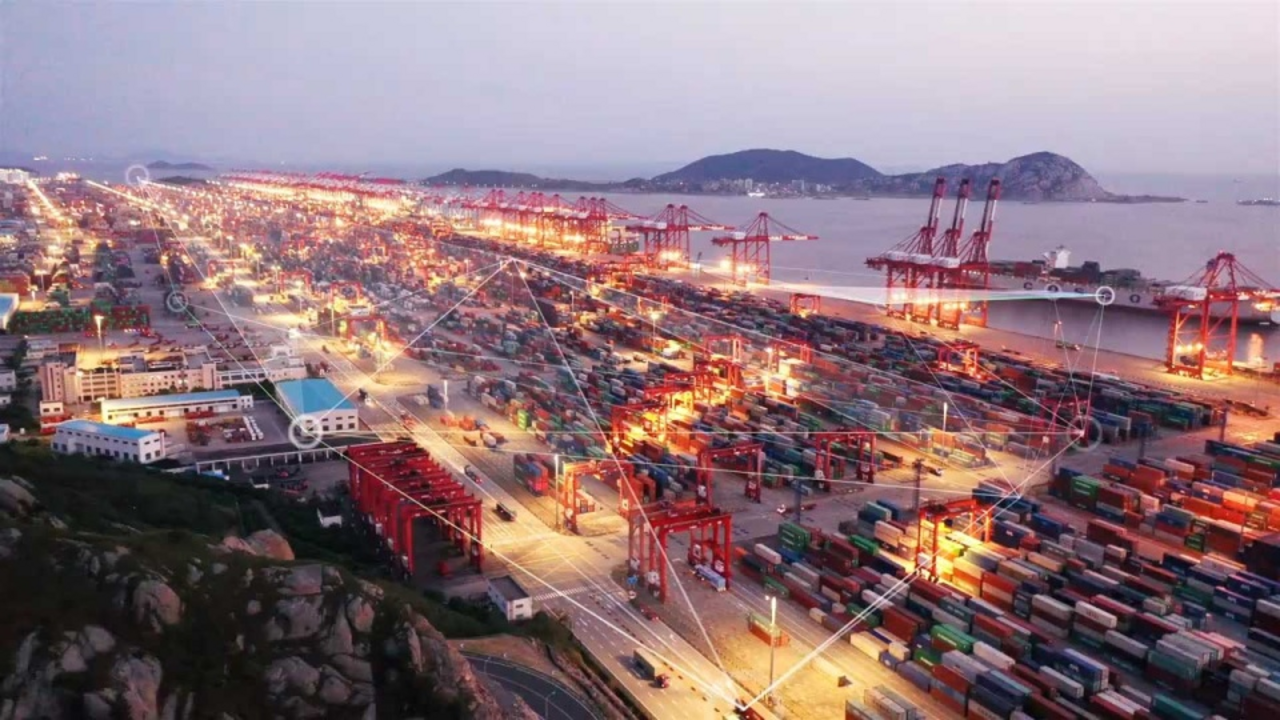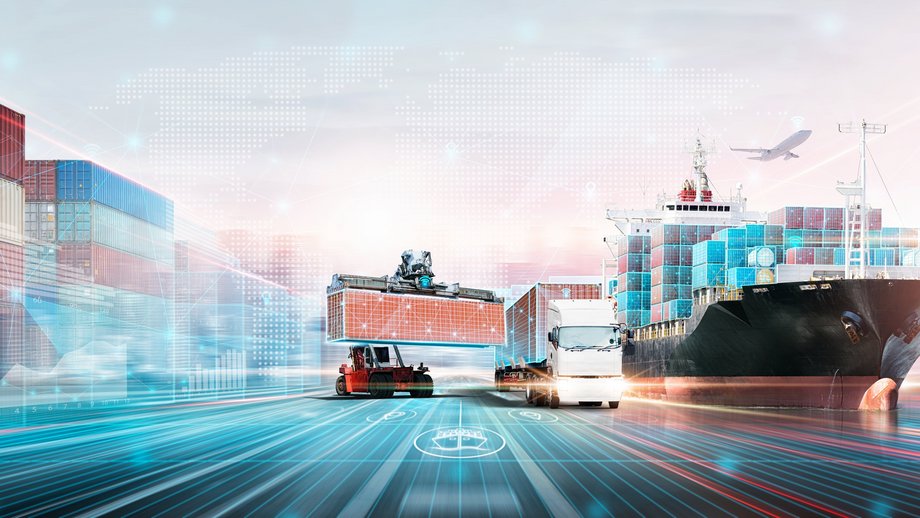Logistics is integral to today’s global economy. International trade depends upon the smooth movement of goods and services. With the explosion of e-commerce, this movement of goods and services – and their management – is even more pivotal to economies and their individual businesses and enterprises.
To take just one market: road freight within the European Union added up to 13.6 billion metric tons in 2022.1 Extrapolate that to other means of transport, and to other markets around the world, and it is clear that the logistics management field is gigantic. However, imagine if all that freight could move more efficiently and sustainably. In effect, could the process be somehow “smarter”?
“In ‘smart logistics,’ we introduce technologies such as IoT devices, data analytics, and machine learning. We take the data that is being generated and use it to optimize efficiency,” says Stefan Heimerl, Business Line Manager IoT Solutions for G+D. That efficiency unlocks savings, but also cuts down on emissions across the logistics chain. A more sustainable, efficient logistics process benefits vendors, customers, and the general public, who are increasingly mindful of these factors when they make their purchasing decisions.
Businesses recognize this need and are moving quickly. According to the data and analytics firm GlobalData, the transportation and logistics Internet of Things (IoT) market worldwide was just under $31 billion in 2022. This is projected to grow at a CAGR of just under 17%, hitting almost $67 billion in 2027.2




